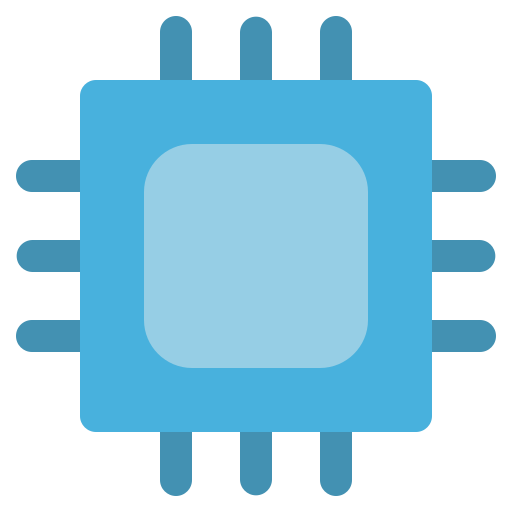

I dump memory more often than you would think. It’s usually not obfuscated or encrypted in any meaningful way even though it is fairly trivial to do so.
It’s good practice to scour through any bloatware installed on windows laptops. Since bloatware is generally written by the lowest bidder, you can find all kinds of keys and phone-home urls (sometimes with all the parameters) and other weird things. Just fire up a decent hex editor and search for strings in the dump file. You don’t need to know jack about reverse engineering either.















I was wondering if this was ever going to be done due to how much AI investment is floating around. It kinda makes more sense for many of the shitty AI projects that have been proposed over the last few years.